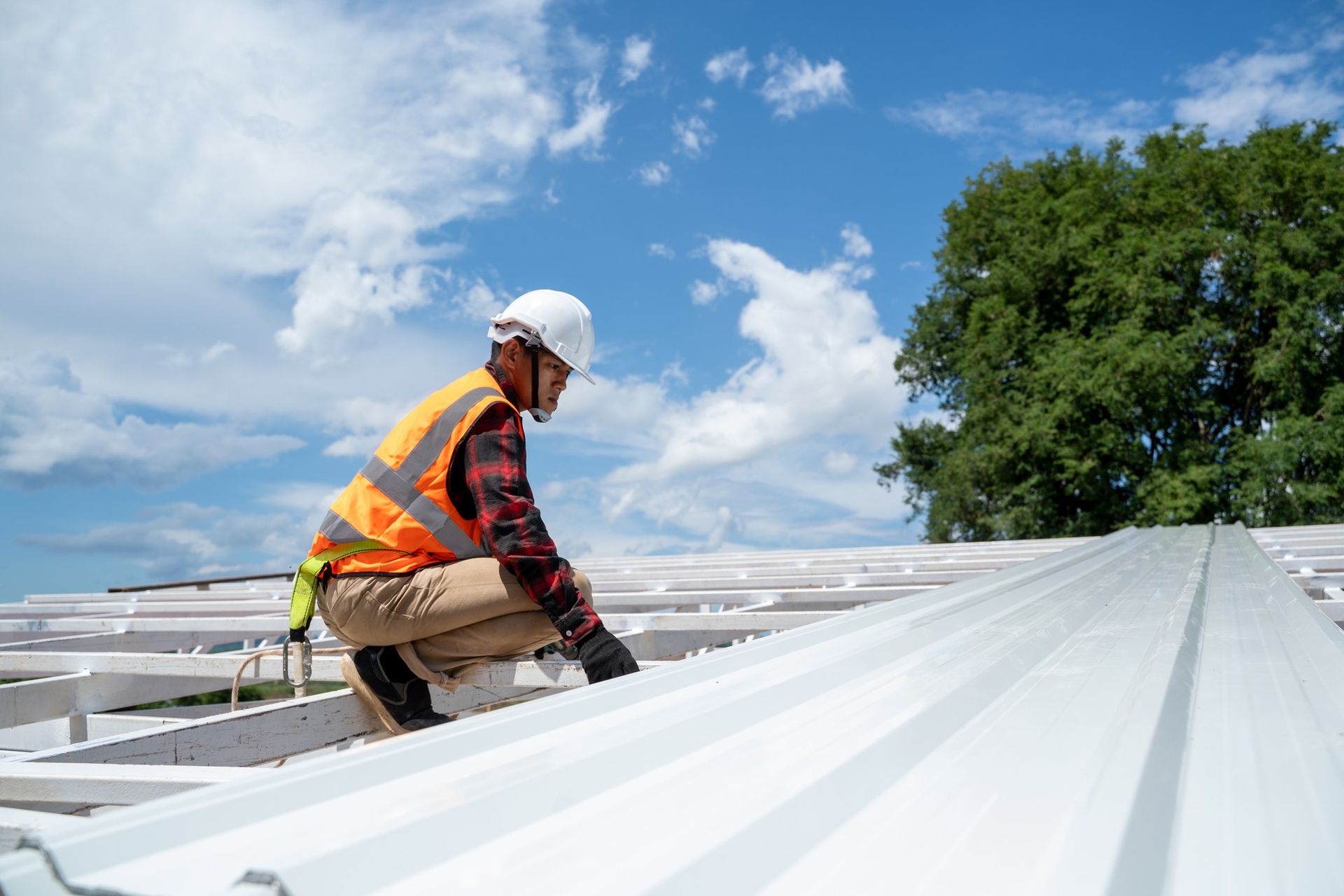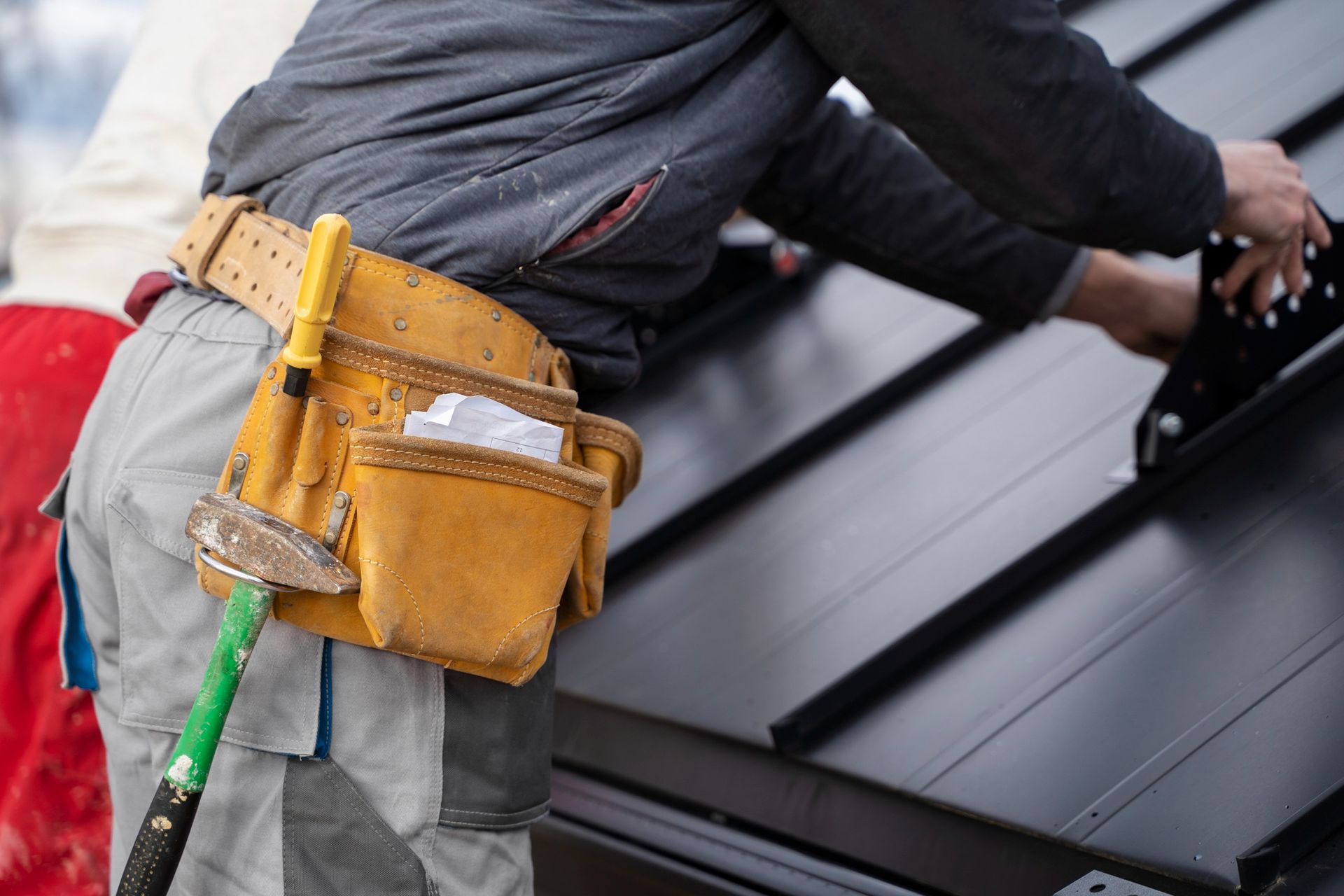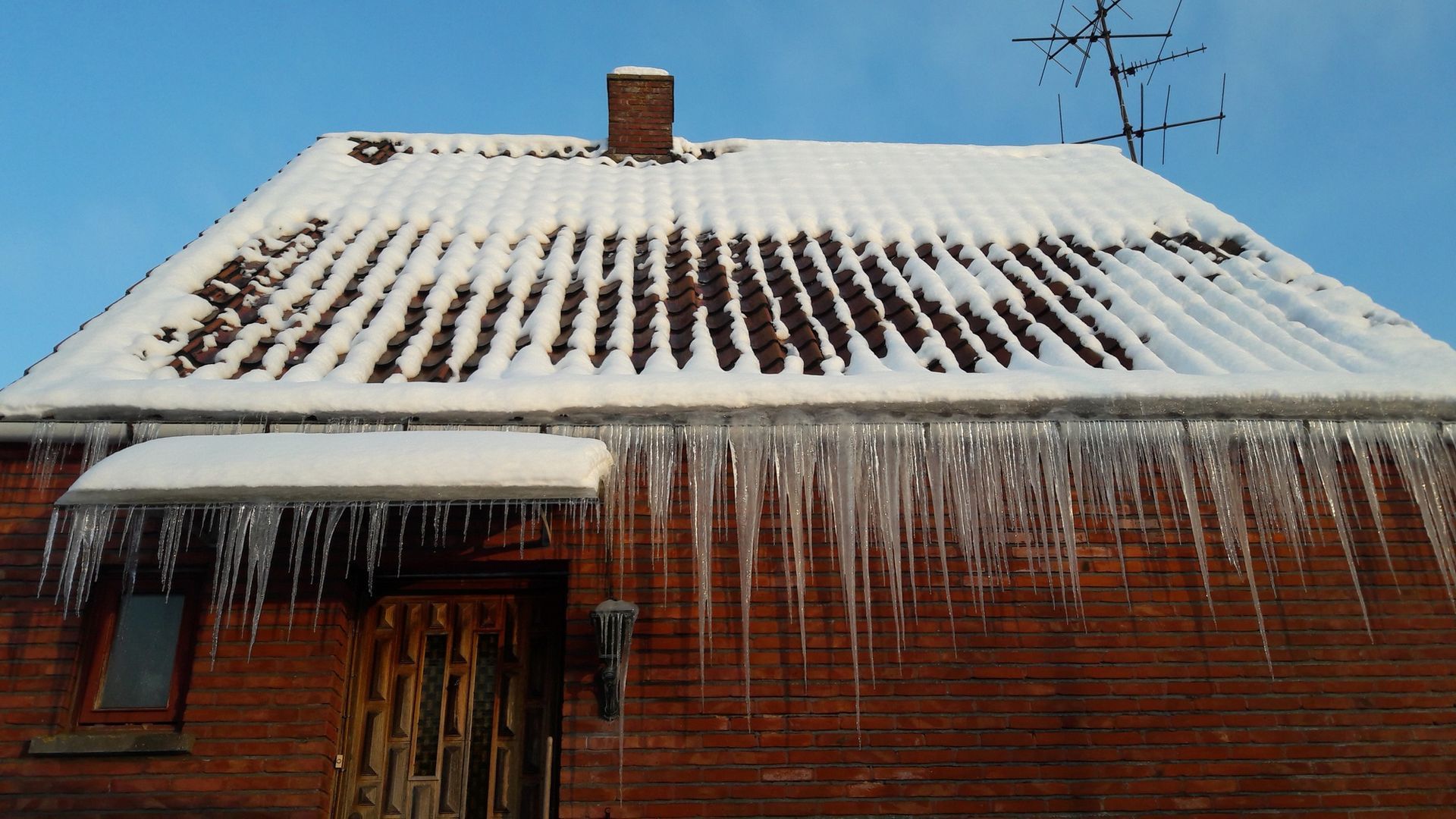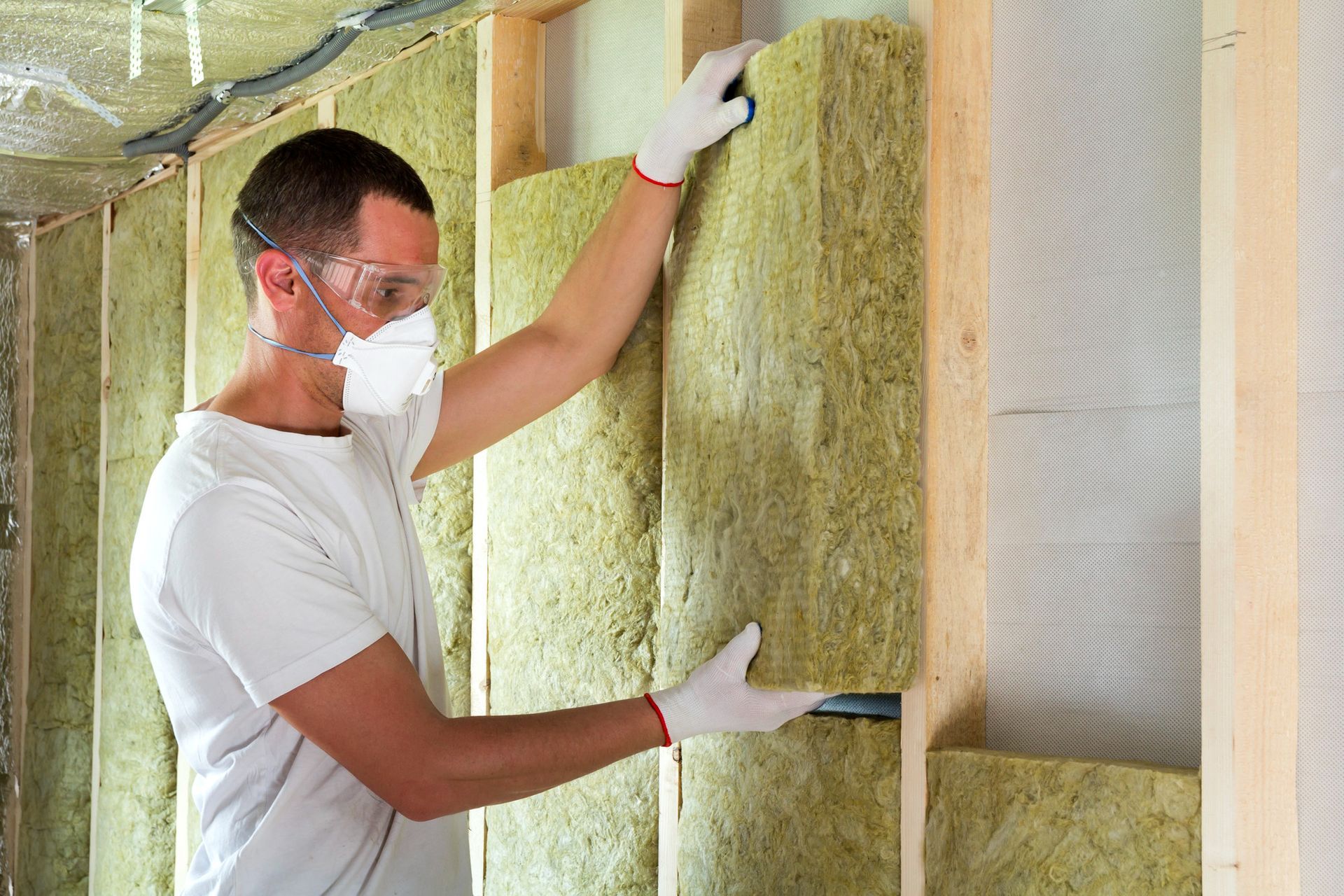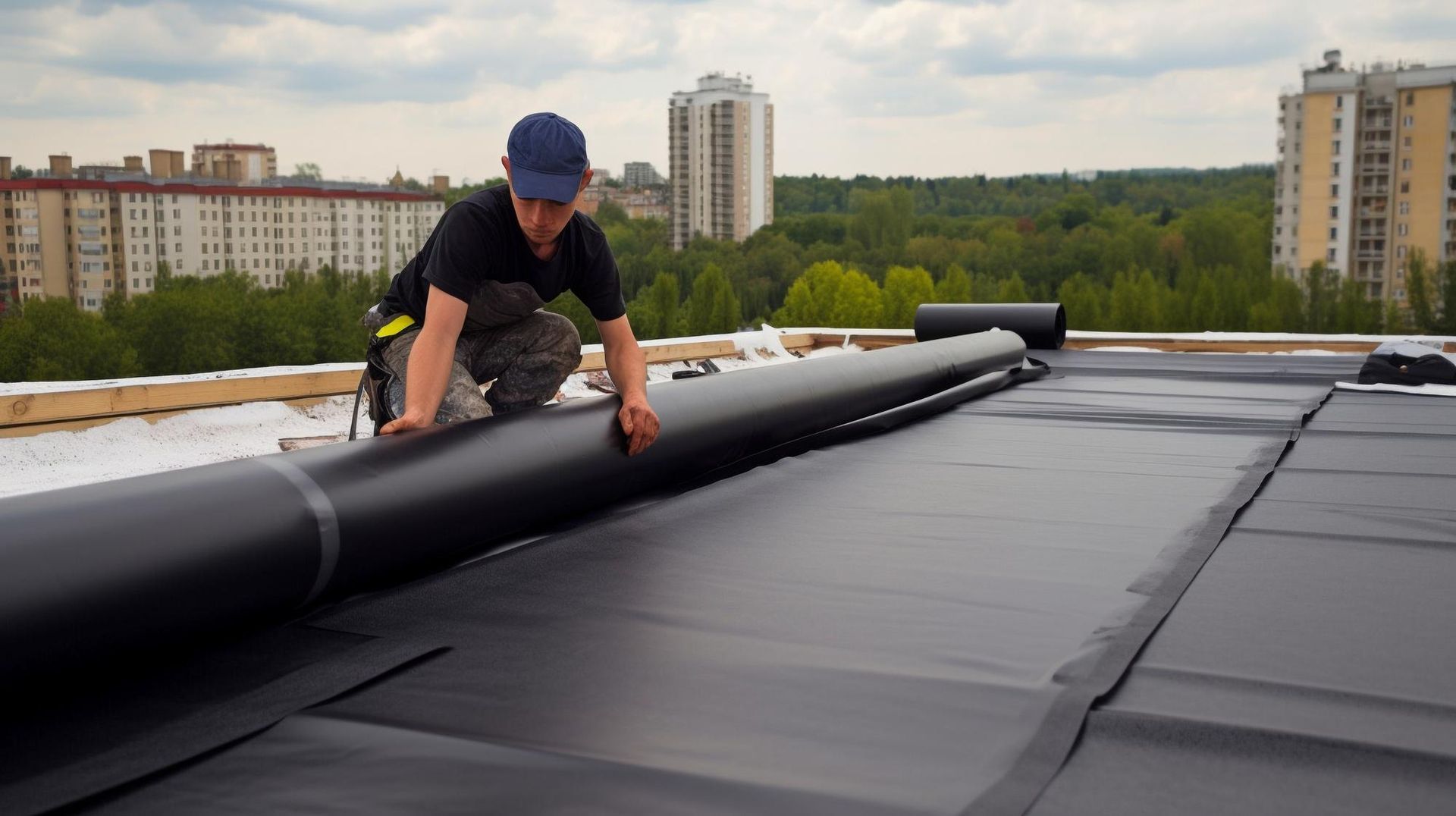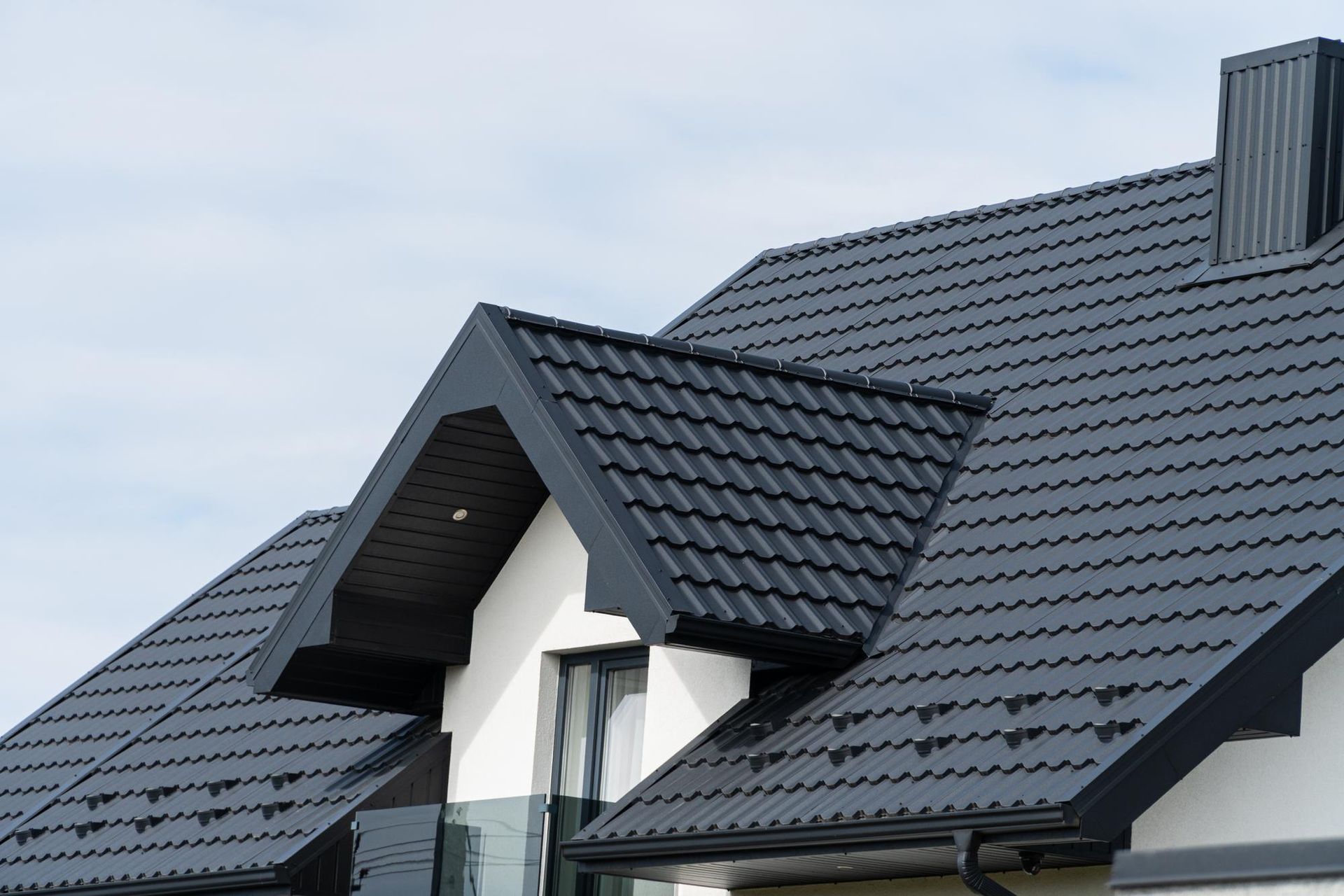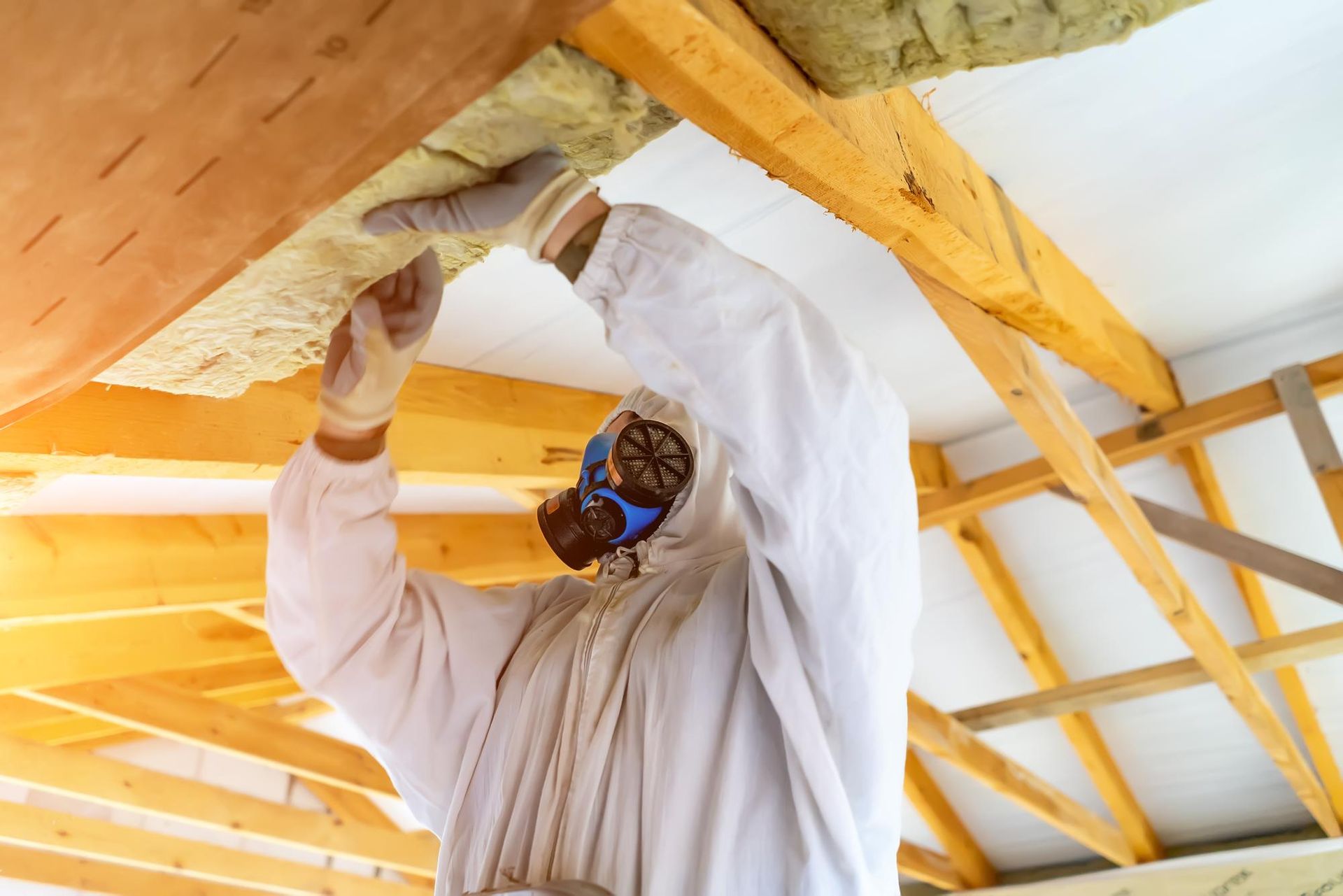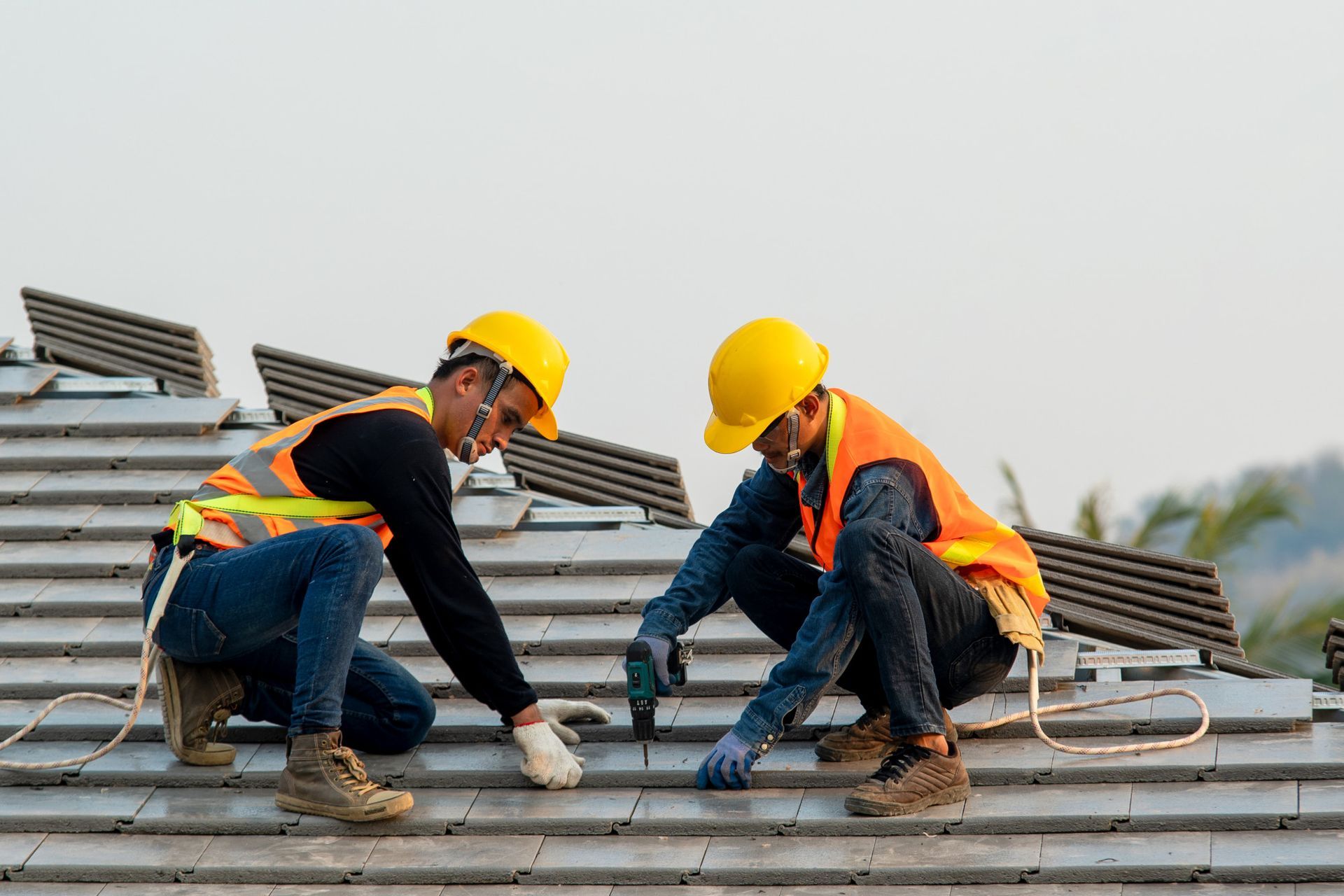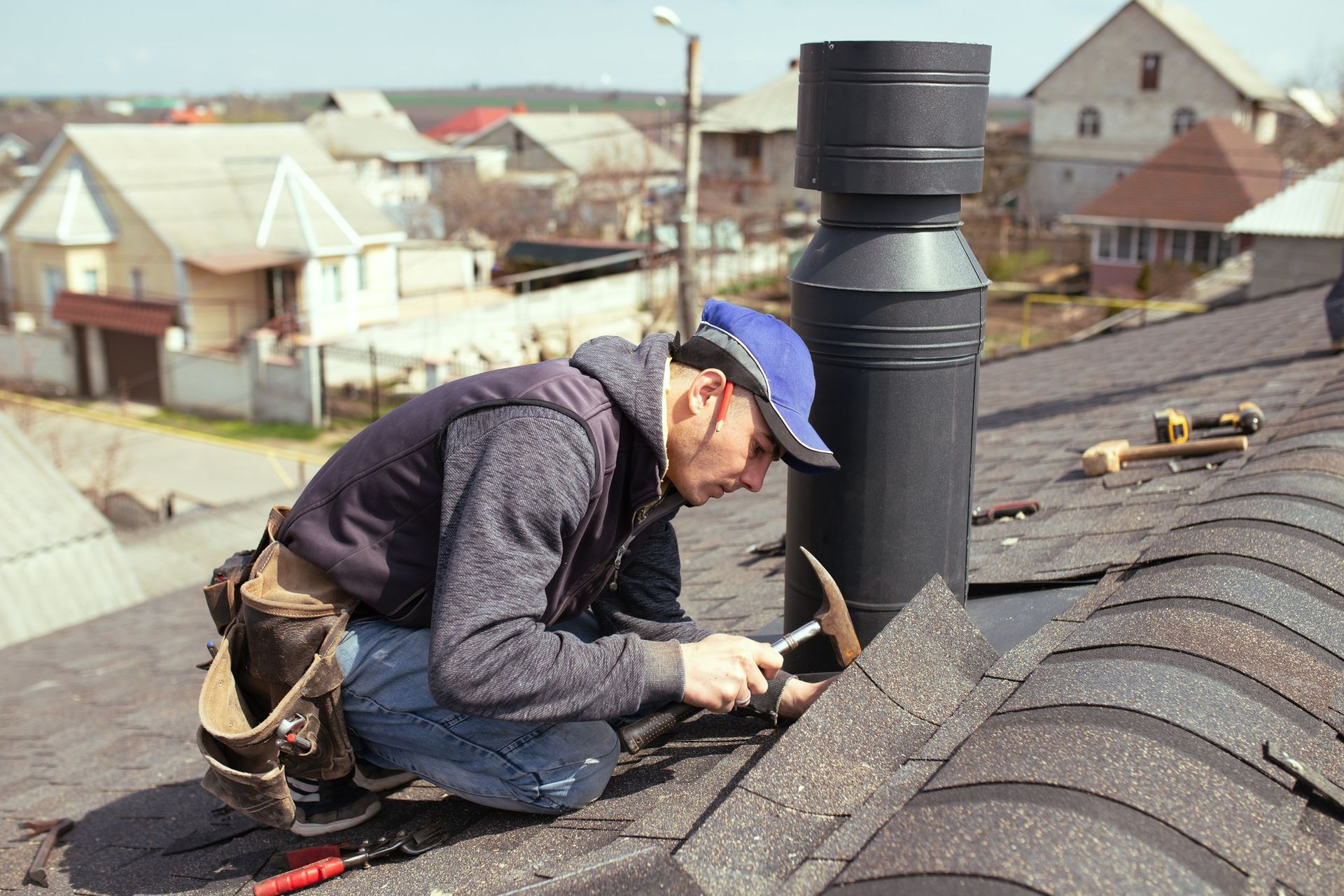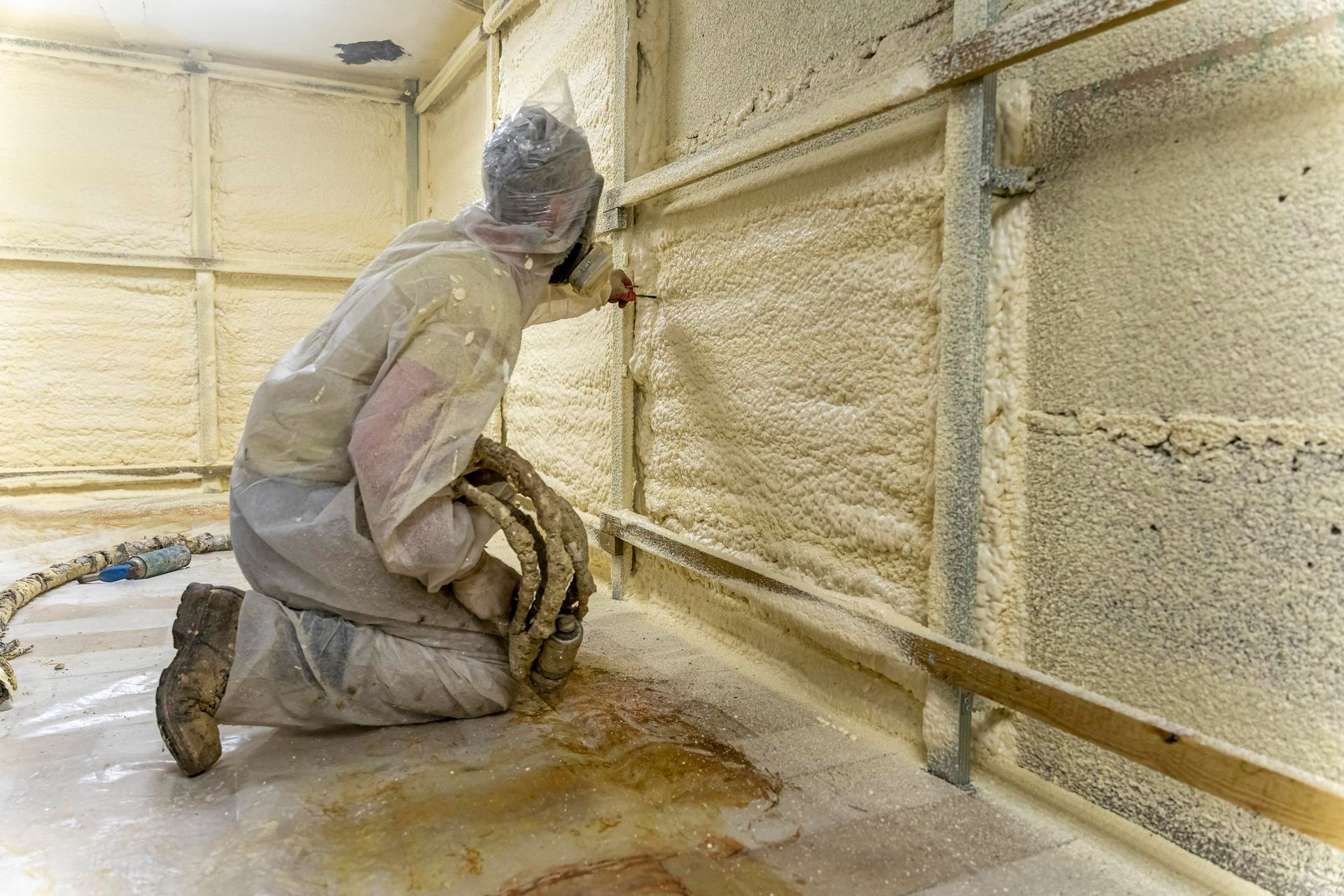CALL US TODAY! (608) 330-3626 OR (608) 530-5323
CALL US TODAY! (608) 330-3626
Top 5 Mistakes to Avoid When Installing Attic Insulation
Attic insulation is a crucial aspect of maintaining a comfortable and energy-efficient home. Many homeowners understand the significance of insulation, but they often overlook the importance of proper installation. In this article, we'll delve into the top 5 mistakes to avoid when installing attic insulation. By the end of this comprehensive guide, you'll be equipped with the knowledge needed to ensure your attic insulation project is a success.
Top 5 Mistakes to Avoid When Installing Attic Insulation
Mistake #1: Insufficient Insulation Thickness
One common mistake that homeowners make when installing attic insulation is not using enough insulation material. The thickness of insulation plays a pivotal role in its effectiveness. Insufficient insulation thickness can lead to heat loss during the winter and heat gain during the summer, making your home uncomfortable and energy bills soar.
To avoid this mistake, it's crucial to determine the recommended insulation thickness for your region. This information can typically be found in your local building codes or through the Department of Energy. Investing in a thickness that meets these guidelines will ensure that your attic insulation performs optimally.
Mistake #2: Neglecting Air Sealing
One of the most common mistakes made during attic insulation installation is neglecting the crucial step of air sealing. While many homeowners focus on adding insulation material, they often overlook the significance of sealing any gaps and cracks in the attic's walls, ceiling, and floor.
Proper air sealing is essential because insulation alone cannot prevent the infiltration of outdoor air and the escape of conditioned indoor air. Neglecting this step can lead to unwanted air leaks that undermine the insulation's effectiveness. These leaks can result in temperature fluctuations, drafts, and an overall decrease in home comfort.
Before installing attic insulation, it's essential to locate and seal any gaps or cracks that may allow air to pass freely between the attic and the living space below. Common areas to focus on include gaps around electrical boxes, plumbing vents, attic hatches, and recessed lighting fixtures. Properly sealing these areas with caulk, weatherstripping, or foam insulation can significantly improve the energy efficiency of your home.
Additionally, attic air sealing contributes to better indoor air quality by preventing the entry of outdoor pollutants, allergens, and moisture. It also helps maintain a consistent temperature throughout your home, reducing the workload on your heating and cooling systems.
To avoid the mistake of neglecting air sealing, consider conducting a thorough audit of your attic space before insulation installation. You can use smoke pencils or infrared thermography to identify air leaks. Alternatively, consult with a professional insulation contractor who can assess and address air sealing concerns, ensuring that your insulation works effectively and your home remains comfortable year-round. By giving due attention to air sealing, you'll enhance the overall performance of your attic insulation and enjoy the associated benefits.
Mistake #3: Incorrect Installation of Vapor Barriers
When it comes to attic insulation, vapor barriers are a crucial component. They play a pivotal role in regulating moisture levels within your attic space, preventing condensation and the growth of mold and mildew. However, a common mistake many homeowners make is improperly installing these vapor barriers.
One of the primary errors is placing the vapor barrier on the wrong side of the insulation. To be effective, the vapor barrier should typically face the warm side of your attic, which is usually the living space below. Installing it on the cold side can trap moisture within the insulation, causing problems down the road.
To avoid this mistake, it's essential to consult with a professional or follow manufacturer guidelines for your specific insulation material. They can provide detailed instructions on the correct placement of the vapor barrier, ensuring it serves its purpose effectively. Additionally, ensuring a proper seal around the edges of the barrier is crucial to prevent any moisture from penetrating and causing issues within your attic.
Mistake #4: Blocking Ventilation
Proper attic ventilation is often underestimated but plays a critical role in maintaining the overall health of your home. Unfortunately, during attic insulation installation, it's all too easy to inadvertently block essential ventilation pathways, leading to potential problems.
Attic ventilation serves two primary purposes: it helps regulate temperature and controls moisture. Blocking these ventilation pathways can result in a host of issues, including moisture buildup, which can damage your attic structure and undermine the effectiveness of your insulation.
To avoid this mistake, it's crucial to be mindful of the existing ventilation channels and ensure they remain unobstructed during insulation installation. Proper baffles can help maintain airflow from the eaves to the roof vents, ensuring that your attic remains adequately ventilated. Baffles are typically made of foam or cardboard and can be easily installed alongside insulation to prevent blockages.
Additionally, it's essential to verify that your roof vents, soffit vents, and ridge vents are functioning correctly and not obstructed by insulation material. Adequate ventilation not only preserves the integrity of your attic but also contributes to better insulation performance year-round. By avoiding the mistake of blocking ventilation, you'll help maintain a balanced attic environment, which is crucial for the long-term health and energy efficiency of your home.
Mistake #5: Using the Wrong Insulation Material
Selecting the appropriate insulation material for your attic is paramount to the success of your insulation project. Unfortunately, many homeowners make the mistake of choosing the wrong type of insulation for their specific needs and circumstances.
There are several insulation materials available, including fiberglass, cellulose, and spray foam, each with its advantages and disadvantages. The choice of material depends on factors such as your local climate, budget, and personal preferences.
For instance,
fiberglass insulation is a popular choice due to its affordability and ease of installation. However, it may not be the best option in extremely cold climates where it can be less effective at preventing heat loss. On the other hand,
spray foam insulation provides excellent sealing properties but comes at a higher cost.
To avoid this mistake, it's essential to
research the insulation options available and consult
with professionals or insulation experts. They can help you make an informed decision based on your specific needs and budget, ensuring that you choose the
right insulation material to maximize your attic's energy efficiency and comfort. Remember, using the wrong insulation material can result in poor insulation performance and wasted resources, so making the right choice is crucial for long-term benefits.
Conclusion
In conclusion, proper attic insulation installation is critical for maintaining a comfortable and energy-efficient home. Avoiding these top 5 mistakes—insufficient insulation thickness, neglecting air sealing, incorrect installation of vapor barriers, blocking ventilation, and using the wrong insulation material—can save you money and ensure your home remains cozy year-round.
Before embarking on your attic insulation project, take the time to research and plan carefully. If you're unsure about any aspect of the installation process, don't hesitate to seek professional guidance. We recommend reaching out to
Weather Seal Insulation and Roofing, LLC, the best service provider in Janesville, WI, at
(608) 330-3626. Their expertise and experience in attic insulation will ensure a successful and efficient installation.
By avoiding these common pitfalls and enlisting the help of professionals like Weather Seal Insulation and Roofing, LLC, you'll be well on your way to a well-insulated and efficient home, providing you with comfort and energy savings for years to come. So, when it comes to attic insulation, remember, it's not just about what you use but how you use it that makes all the difference.
FAQ’s
-
What is the recommended R-value for attic insulation in my area?
The recommended R-value, or insulation level, varies depending on your climate zone. It's essential to check with your local building codes or consult with an insulation professional to determine the appropriate R-value for your region.
-
Can I install attic insulation myself, or should I hire a professional?
While some homeowners can install attic insulation themselves, it's crucial to have the necessary knowledge and skills. Hiring a professional ensures that the insulation is installed correctly, preventing common mistakes and ensuring maximum efficiency.
-
What are the signs that my attic insulation needs an upgrade or replacement?
Signs that your attic insulation may need attention include fluctuating indoor temperatures, increased energy bills, and the presence of drafts or hot/cold spots in your home. If you notice these issues, it's a good idea to inspect your attic insulation and consider an upgrade if necessary.
-
How can I improve attic ventilation alongside insulation installation?
Proper attic ventilation is essential for insulation performance. You can improve ventilation by installing baffles to maintain airflow from eaves to roof vents, ensuring there are no obstructions in the ventilation pathways, and consulting with a professional if necessary.
-
Are there any energy-saving incentives or rebates available for attic insulation projects?
Many regions offer energy-saving incentives or rebates for homeowners who upgrade their insulation to meet specific energy efficiency standards. Check with your local utility companies, government programs, or energy-efficiency organizations to see if you qualify for any financial incentives when improving your attic insulation.
Get in Touch Today
Professional, dependable, affordable—why wait? If you need quality work from a qualified roofer, we are the company to call. We’ve helped countless clients keep their property protected while saving time and money. We know we can do the same for you too.
Hours of Operation
- Mon - Thu
- -
- Friday
- -
- Sat - Sun
- Appointment Only
Emergency Service
All Rights Reserved | Weather Seal Insulation and Roofing, LLC

